Marat: I agree with Malika. We approached collectivity in a different way, not as the union of artists—a heritage of Soviet times—who are joining each other under the same manifesto. Our collective looks more like a theatre where people join each other to bring something different, more than just the sum of the bodies.
This is a collective body. This is one of the basic principles of theatre—different from contemporary art, where you can exist in various mediums, in various spaces. But theatre exists exactly in its own community. This is harder because you cannot go and live, go to New York or the Pacific Ocean, because theatre is people, community, and you have to talk to them, see them, spend time with them.
Pandemic did sharpen relationships, and the crisis was, on the one hand, due to pandemic. But on the other hand, this was political crisis in Bishkek when this third revolution happened. And it showed us that for our authorities, priority is economics.
There are many questions also about the legitimacy of this authority, but we're not talking about that now. Money and big, rich houses, and power: this is what is important in this time, in this political crisis. In crisis times such as today, art becomes even more important because it is necessary to understand what is happening, what words you can use to describe it, and what emotions you have about it. Huge catastrophe is happening, but it might stay without words.
What we can catch, we try to reflect in our performances and exhibitions and theatre. It's important to find what is happening to us.
Malika: Many people are leaving the country in search for a better life, partly due to the reason that Marat was talking about: when you cannot find words to describe, when he cannot find words that he wants to hear. Also talking today to some people, they were saying that it's hard for them to find people for work, for jobs, because good, young, clever people are leaving, and this year even more intensely than usually. I'm worried about that.
When people from our community make a choice to stay, or they want to—when you hear the words you need, or something about you—you receive energy, and this energy helps you stay here and hope for something for your life. It proves there is some reason to still be here, some reason to think: this is my city, these are my people.
Marat: Again, I agree with Malika. There is a tendency towards one-dimensional man. There is a very direct, linear form of life where it's important only to stay alive economically, and that's all.
But while you solve this question, ecology is suffering, institutions are worsening, and it's not less important. Where do people see themselves and their children tomorrow, in future? Future is now. When we work on an artistic network, join forces with artists to create performance, create a theatre play, you see that there are very few alternative spaces, alternative ways where and when you can do this work.
It's important to share your knowledge, not like in the news, where knowledge does not cover our life, events from our life. You need analytics to decide what to do in future, and future is now. Only when we join each other, we create this alternative. Of course, if we succeed, the joy and the energy we have from this.
Today, we can see possible alternatives. Last year was so complicated that we were not sure whether to continue things we started long ago. Also, to make performance is quite complicated, and when you put it within social distance, it's super complicated, and it's the death of theatre. But we continued and are doing it because we felt that people want it.
Today they are ready to support this. There is emerging understanding that art can be a tool of transformation and comprehension, unlike news and social networks. Art is able to talk more in complexity, more accurately, more interestingly. This understanding brought people to readiness, to support physically, to collaborate. This understanding for theatre, for art, is of first importance: people and their attitude, their wish for such activities to continue.
And second, about institutions, this is about, for example, donorship, but not only, all art institutions. Never to hurry, to take time. Art institutions often are either hurrying or making boring things. But pause is a basic principle of learning, not to be limited by timeline, deadline, etc.; to be in the process; to be able to refer, to return to your previous ideas and material and work and rework it.
And the third: it's important for artists, themselves, to support each other. They do it, not all of them, but basically they do it. Our Central Asian community is based on the principle of helping each other. That is what we want to take from now into the future.
Malika: Yesterday, I was thinking about this: not hurrying and making real things instead of making something according to someone's schedule.
Sometimes I'm worried and pessimistic, and sometimes quite optimistic, but majorly, I have optimism. Because I've seen all history of our group and the changes that we experienced, and I see new people coming to theatre place, and this is what Marat was telling, that people are coming to understand that this art is important.
Also because of support from some friends… When there are times you think no one can understand what you're doing, if there's a group of people who recognize and support it, they keep you ongoing and make you an artist. I'm optimistic because of some people.
Marat: Yesterday I was watching a movie. I did not have a chance to find out what this movie was, the name of it, but I liked it. And I liked, most of all, one character. This movie is telling about a spaceship lost in the universe, in cosmos, in space. And people are not aware of it. They don't know it yet, that they are lost and will never come back.
There's a woman, an astrophysicist and she knows we are already lost in space. For me, it's twice as interesting, because this spaceship is the image of Bishkek together with COVID pandemic and political situation.
Also, as a physicist I understand that physics is working with catastrophes. For example, big explosion and emerging of the world, the universe, isn't it a catastrophe? Each time when physics explores these catastrophes, this is wow. In this sense, catastrophes or crises that we go through, that we experience, in a way, this is cool. On their own, they are unique, and our task is to understand that in these catastrophes, accumulated is our previous experience, but also our future.
The idea is to embrace in these crises, all the most optimistic things, and leave behind all the pessimistic things, which need to be collected in art. Thus it will be interested to read all about it after fifty or sixty years.
Malika: Marat was provoked by the words about the spaceship. We did not have a chance to watch this movie till the end. It seems that the ship found a way to return home. But this moment before finding the way is the most complicated. Crisis attracts crisis, and this attracts panic. So does the COVID. We might have not yet understood everything about it. The spaceship needs to find the way, but first to free yourself from panic. There are two ways. There's an engineer who comes after the artist, but the artist has first to collect everything into the land of dream, to clear the way for the engineer’s thoughts.
And we find the way to our home. I am sure.
Simon: You have been listening to The Future is Now, a podcast series from CEC ArtsLink with support from HowlRound. All interviews and post-production is by me, Simon Dove, executive director of CEC ArtsLink. The specially composed music is by the extraordinary bass player and composer, Shri. This podcast is part of the ArtsLink Assembly 2021: Future Fellows, supported by the Trust for Mutual Understanding, Kirby Family Foundation, John and Jody Arnhold Foundation, and of course, generous individual donors. These podcasts are available to listen to or download the transcripts at our website, www.cecartslink.org or at howlround.com.

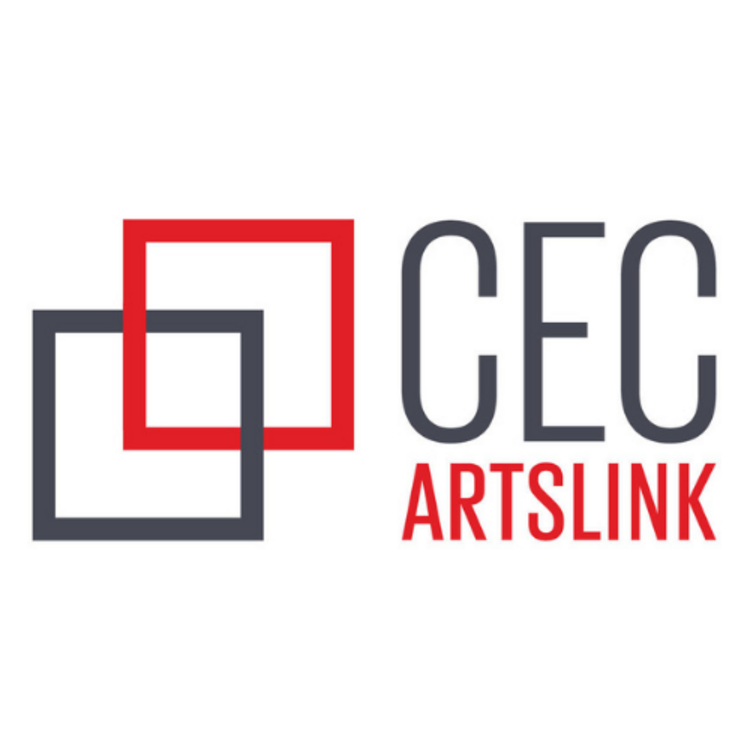
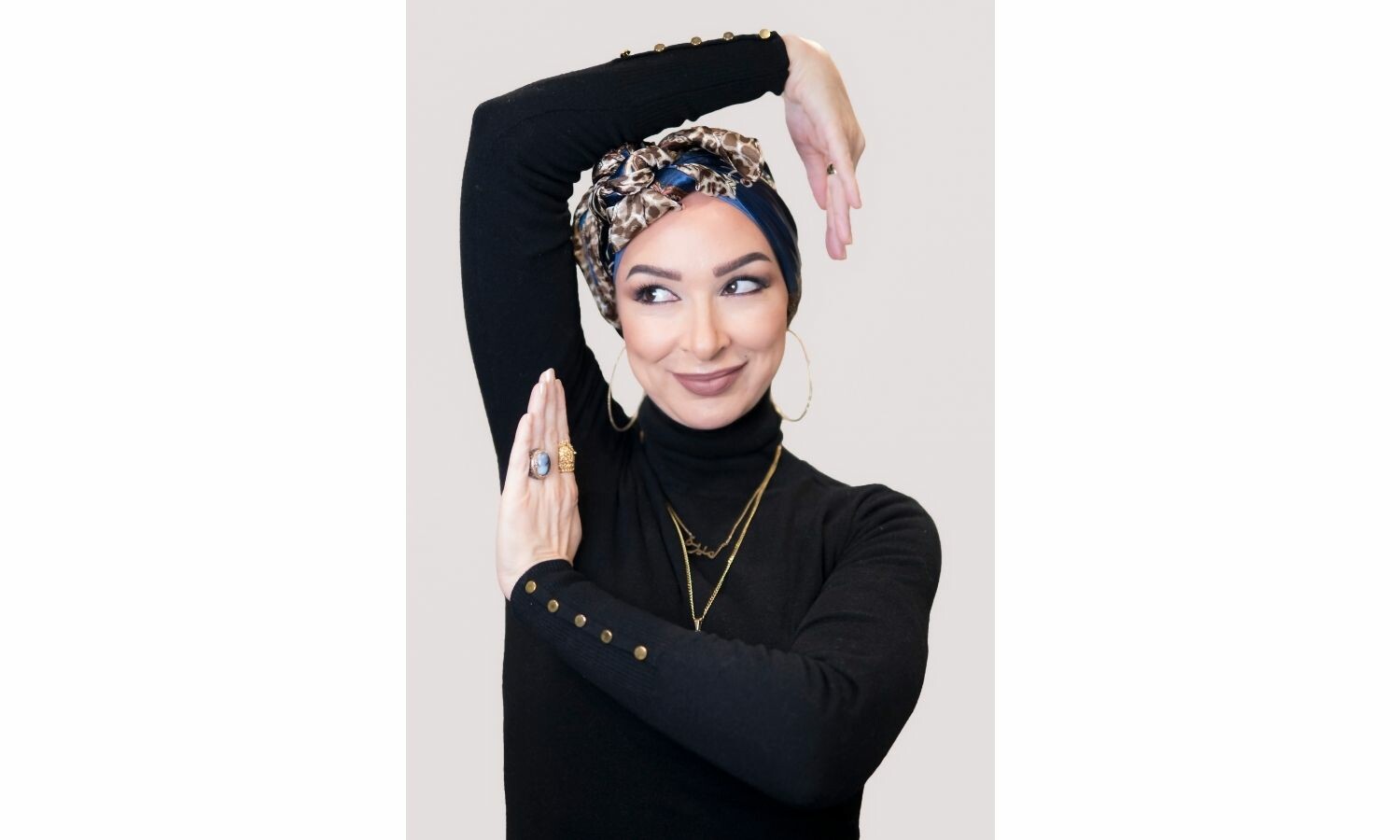
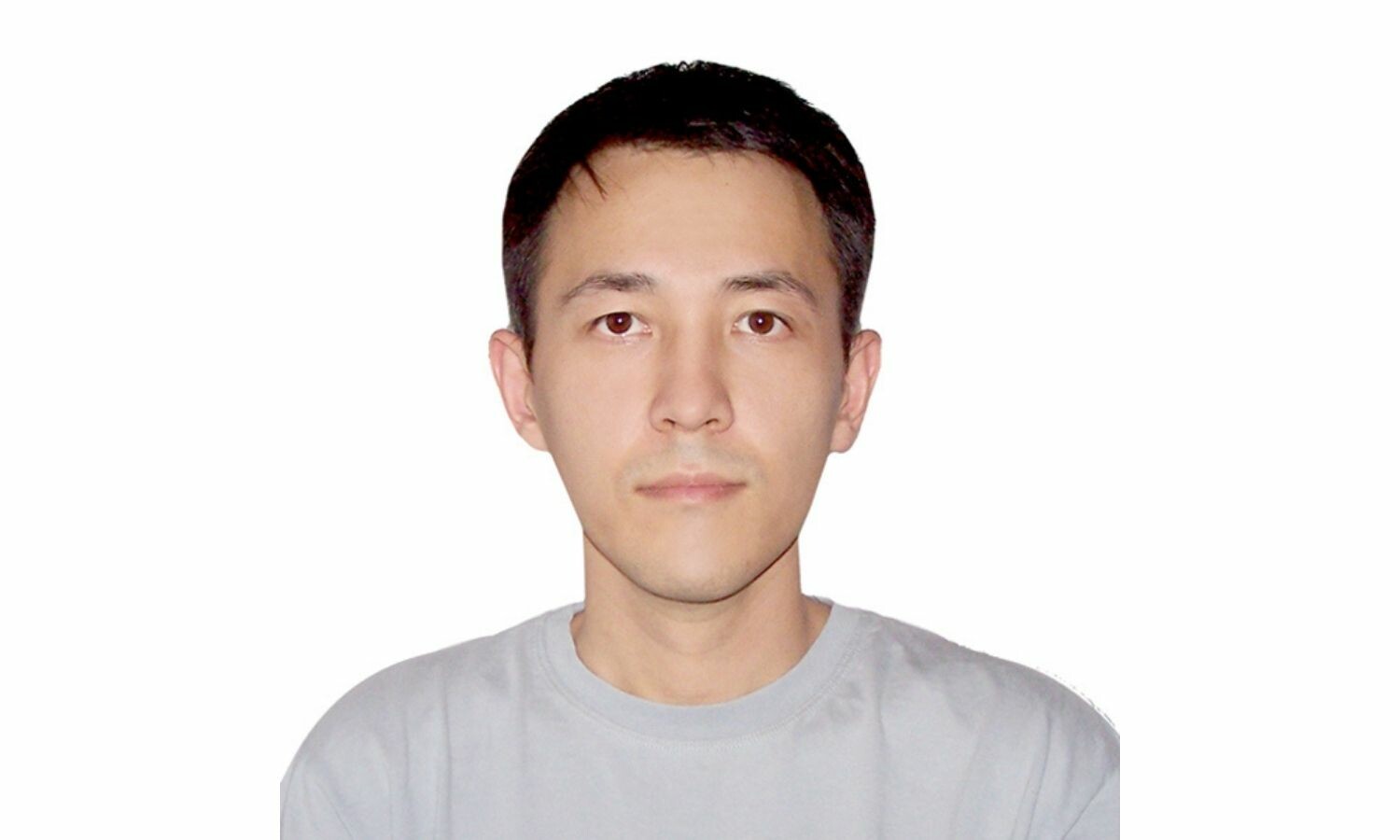
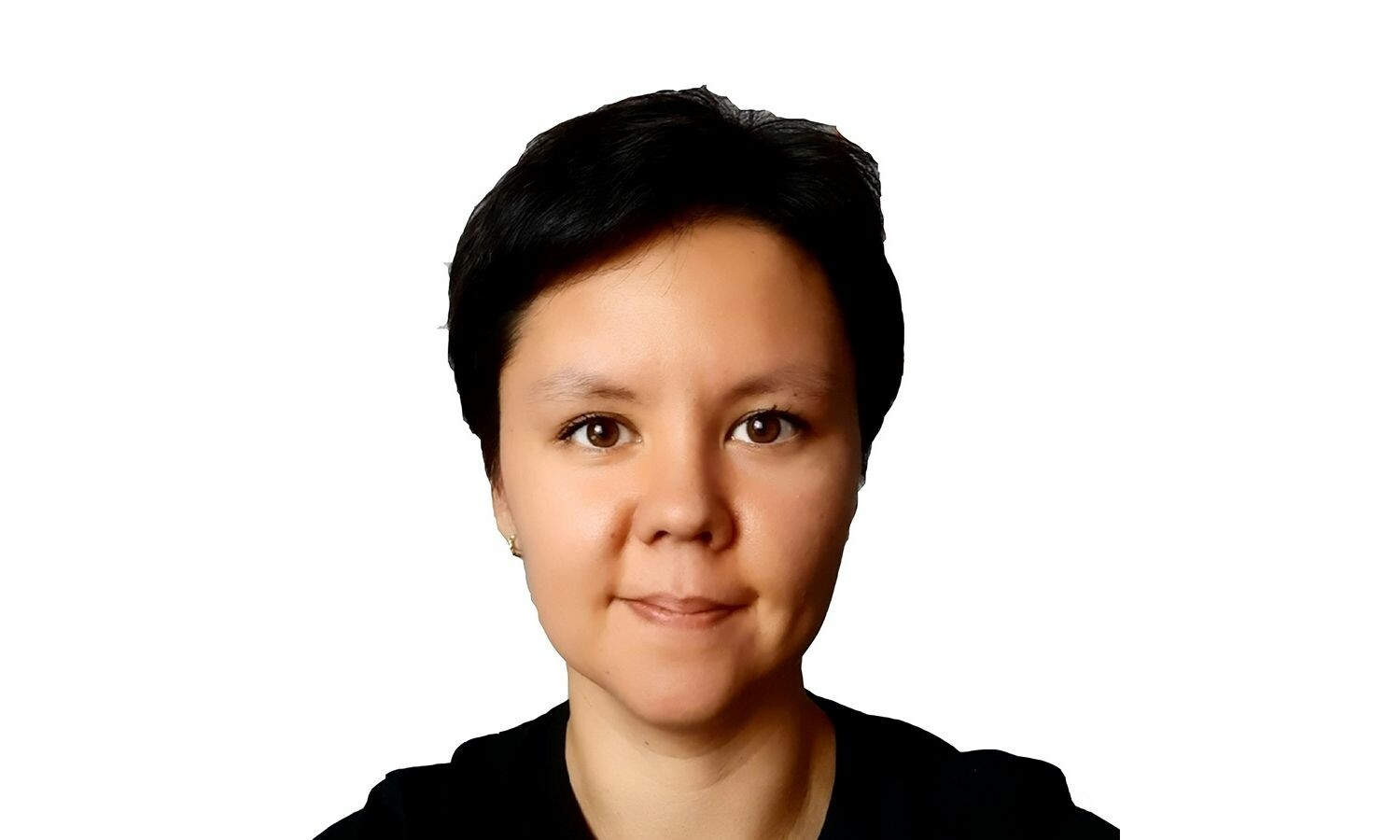
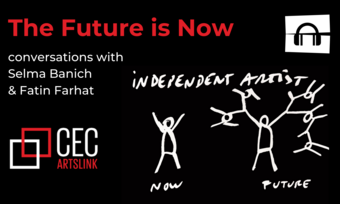

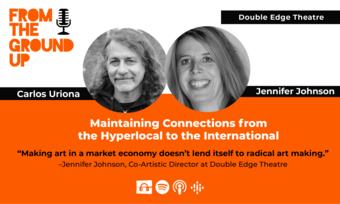



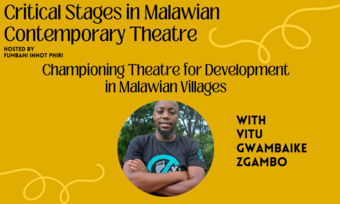


Comments
The article is just the start of the conversation—we want to know what you think about this subject, too! HowlRound is a space for knowledge-sharing, and we welcome spirited, thoughtful, and on-topic dialogue. Find our full comments policy here